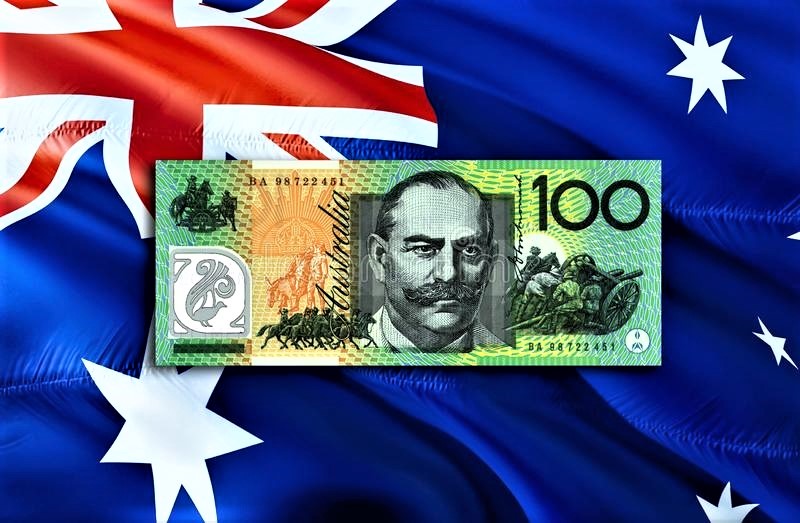Australian dollar strengthens as China’s trade surplus widens in October due to stronger-than-expected exports.
The Australian Dollar (AUD) rose following the announcement of China’s Trade Balance statistics on Thursday. However, the AUD fell against the US Dollar (USD) when the Australian Trade Balance data was released earlier in the Asian trading session. The downside risks for the AUDUSD pair appear possible, as the US Dollar (USD) may appreciate more due to market confidence following former President Donald’s triumph Trump won the US election.
China’s trade surplus increased in October to $95.27 billion year on year, exceeding the predicted $75.1 billion and the previous $81.71 billion. Exports increased by 12.7% YoY, much exceeding the expected 5.0% increase and the prior 2.4% gain. Meanwhile, annual imports declined by 2.3%, exceeding the predicted 1.5% decrease and deviating from the prior 0.3% growth.
Australia’s trade surplus slipped to 4,609 million, compared to an estimated 5,300 million.
The Australian Bureau of Statistics said Thursday that Australia’s trade surplus decreased to 4,609 million in September, down from an estimated 5,300 million and 5,284 million in August. This was the narrowest trade surplus since March, as exports fell more than imports.
The US Federal Reserve expected to drop its benchmark interest rate by 25 basis points on Thursday.
Traders believe that the US Federal Reserve (Fed) will decrease its benchmark interest rates by 25 basis points. at its November meeting, which takes place on Thursday. The CME FedWatch Tool predicts a 98.1% probability that the Fed will decrease interest rates by a quarter-point in November, indicating strong market consensus for a modest drop this week.
Daily Market Movers: Australian Dollar faces downward pressure after Trump’s victory.
Australia’s exports decreased by 4.3% in September, following a 0.2% drop the previous month. Meanwhile, imports declined 3.1% month on month in September, compared to a 0.2% decrease in August.
The US ISM Services Purchasing Managers’ Index rose to 56.0 in October, up from 54.9 in September, and exceeded the prediction of 53.8. In contrast, the S&P Global Services PMI reported at 55.0 in October, slightly lower than the previous figure and the projected 55.3.
The Reserve Bank The Reserve Bank of Australia (RBA) opted to keep the Official Cash Rate (OCR) unchanged at 4.35% on Tuesday, marking the eighth consecutive pause. RBA Governor Michele Bullock restated her hawkish approach, highlighting the importance of tight monetary policy in the face of continuing inflation threats and a healthy labor market.
Australia’s Judo Bank Services PMI rose to 51.0 in October from 50.6 the previous month, exceeding the market consensus of 50.6.
Australia’s Judo Bank Services PMI rose to 51.0 in October from 50.6 the previous month, exceeding the market consensus of 50.6. The Composite PMI rose to 50.2 in October, up from 49.8 the previous month. Caixin China Services PMI improved to 52.0 in October from 50.3 in September.
The TD-MI Inflation Gauge increased by 0.3% month on month in October, up from 0.1% the previous month, to the highest level since July and ahead of the RBA’s November policy meeting. . Annually, the gauge increased by 3.0%, up from the prior figure of 2.6%.
ANZ Australia Job Advertisements increased by 0.3% month on month in October, a significant decrease from the upwardly revised 2.3% growth in September. Despite the reduced rise, this is the second straight month of increases.
Wang Wentao, China’s Commerce Minister, met with Australia’s Trade Minister, Don Farrell, on Sunday. China expressed hope that Australia will continue to improve its business climate and provide fair and equitable treatment to Chinese firms.









